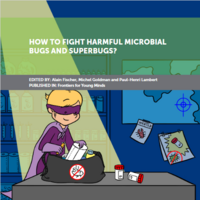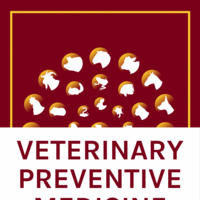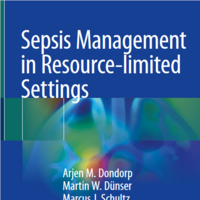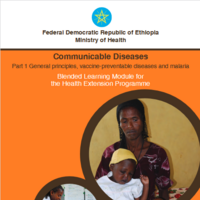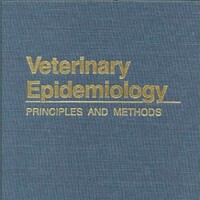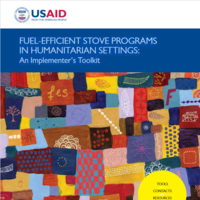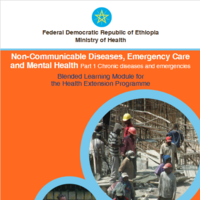Search
Books+
Searching 1,730 books
Search related to the career Sterile Processing Technician
Sterilization in Medical Procedures
Sterilization plays a crucial role in preventing infections in medical procedures by eliminating or destroying all forms of microbial life, including bacteria, viruses, fungi, and spores. This process ensures that medical instruments, equipment, and surfaces are free from any potentially harmful microorganisms that could cause infections. Here are some key ways in which sterilization prevents infections:
1. Elimination of Pathogens: Sterilization methods, such as heat, radiation, and chemical agents, effectively kill or inactivate pathogens present on medical instruments or surfaces. This eradication of microorganisms significantly reduces the risk of infections during medical procedures.
2. Cross-Contamination Prevention: Sterilization prevents cross-contamination, which occurs when microorganisms from one patient or contaminated surface are transferred to another patient. By sterilizing instruments and equipment between uses, the spread of infectious agents is minimized, ensuring a safe environment for patients.
3. Surgical Site Infection Prevention: Sterilization of surgical instruments and equipment is critical in preventing surgical site infections (SSIs). SSIs can occur when microorganisms from non-sterile instruments or surfaces enter a surgical wound. Proper sterilization techniques reduce the risk of SSIs and promote faster healing and recovery.
4. Protection of Vulnerable Patients: Sterilization is particularly important for patients with compromised immune systems, such as those undergoing organ transplants or chemotherapy. These patients are more susceptible to infections, and sterilization helps create a sterile environment that minimizes the risk of microbial contamination.
5. Compliance with Infection Control Standards: Sterilization is an essential component of infection control protocols in healthcare settings. By adhering to strict sterilization practices, healthcare facilities ensure compliance with regulatory standards and guidelines, reducing the overall incidence of healthcare-associated infections.
In summary, sterilization is a critical measure in preventing infections during medical procedures. By eliminating or inactivating microorganisms, sterilization helps maintain a sterile environment, reduces the risk of cross-contamination, prevents surgical site infections, protects vulnerable patients, and ensures compliance with infection control standards.
Source: Various AI tools
Covid-19
Healthcare providers
Books tagged healthcare providers
Stem
Science
Books tagged science
Health
Books tagged health
Mining
Searched in English.
